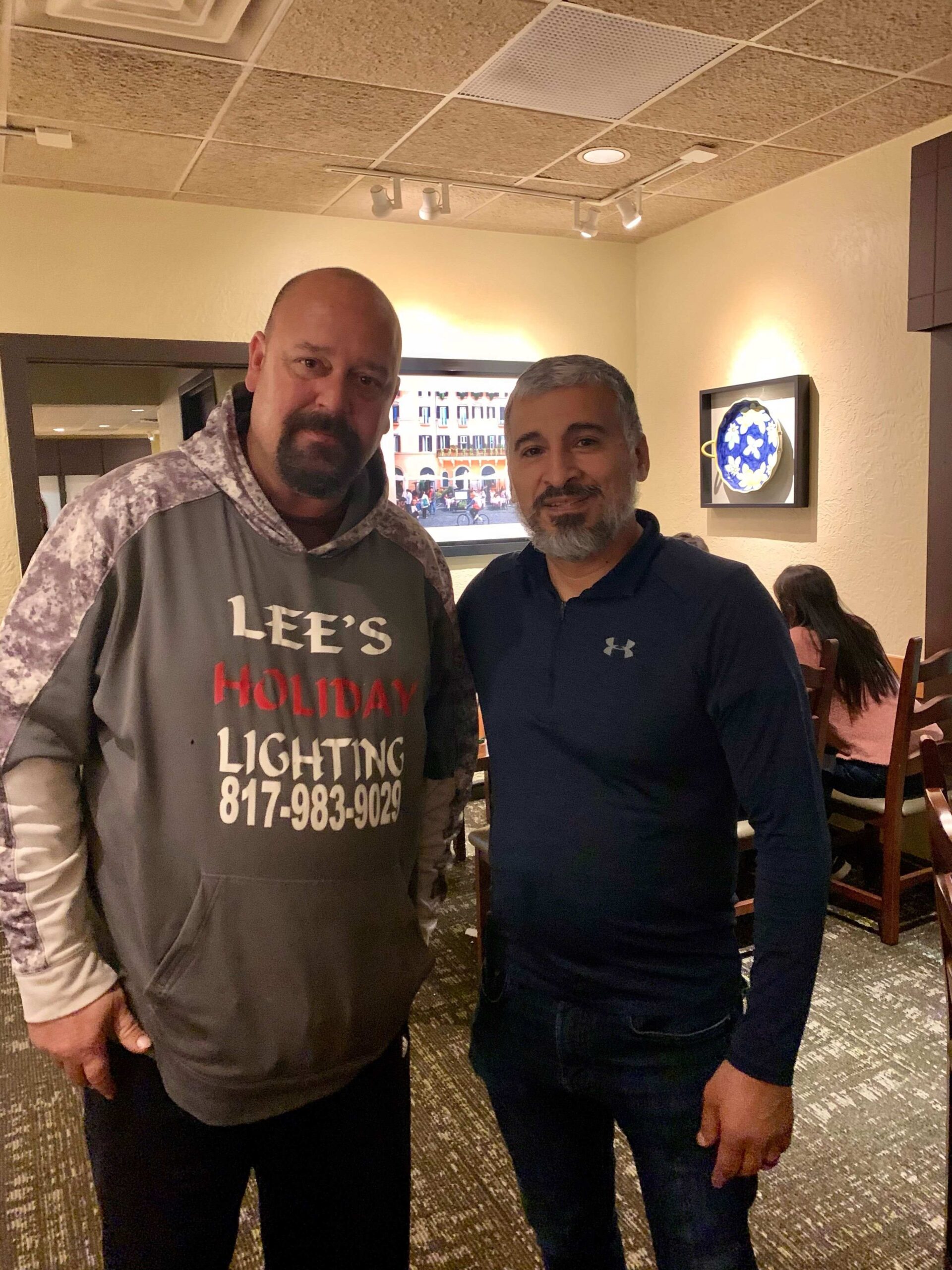By Gina Mayfield
Just after midnight at an automotive plant in the Midwest, a “man down” call went out over the All Call System. Matthew Gochenour, a member of the plant’s Emergency Response Team (ERT), immediately jumped into action and ran to the designated area not knowing what – or who – he would find. There, he found a co-worker he had known personally for a couple of years laying on the ground unconscious.
“I rolled him over and noticed he wasn’t breathing. Then he started taking agonal breaths. I checked for a pulse. There wasn’t one,” Gochenour says. “I called for some of the people nearby to get the AED and started compressions and breaths.”
About three minutes after the call went out, ERT leadership arrived along with Security and the plant’s on-site nurse. At about the same time, a fire protection officer (FPO) delivered the AED to the scene. “The FPO shocked the patient a few times, and on the fourth time he started coming to. We had a pulse,” Gochenour says, noting they worked on the patient for a good 10 – 20 minutes before he regained consciousness.
After the ambulance arrived at the designated door closest to the incident, EMS hooked up a heart monitor and glanced at each other with concern. “Looks like VTAC,” one of them said, referring to ventricular tachycardia, an abnormal heart rhythm that occurs when the lower chamber of the heart beats too quickly to pump effectively and the body doesn’t get enough oxygenated blood.
The patient began to flatline repeatedly as he was loaded into the ambulance and rushed to the nearest emergency room where he eventually had a triple bypass. Weeks after his cardiac arrest, the patient is still in recovery and grateful to everyone who helped save this life.
The ERT eventually got together for a debriefing of sorts, always looking for ways to improve. “Next time I hear that someone’s unconscious, I’m just going to grab the AED,” Gochenour says. Fortunately, the 30-member ERT takes yearly Basic Life Support classes including Basic First Aid, CPR/AED and Stop the Bleed. The team is split between three shifts to ensure they’re always at the ready, which they were during the midnight hour when this incident occurred.
“This was actually my first year of being a part of the Emergency Response Team,” Gochenour says. “So, I was just glad to have that training and understanding of what to do. Instinct took over, and that training kept me in the right line of thought: I need to do what I need to do to get this guy back.”
The AHA is committed to transforming a nation of bystanders into a Nation of Lifesavers. Join the movement that can make a difference in the life of someone’s partner, parent, friend, or family.


